PE&RC Day 2018 - The Social Network of Nature
You are here
PE&RC Day 2018
The Social Network of Nature
Thursday 8 November 2018, Turingzaal, Amsterdam Congress Centre, Amsterdam Science Park
Annual symposium organized by the PE&RC PhD Council (PPC) for all PE&RC members
Scope
Human social networks are currently more visible than ever due to the existence of social media. Yet social networks are not a human invention; they exist all around us in nature. From plants that use a thread-like fungus to warn each other about predators, to coral reefs that form sustainable recycling systems; in all natural systems organisms share information and resources to their own benefit and that of the network. On the PE&RC day 2018 we would like you to meet the scientists who discover and unravel the connections in nature’s social networks. We will take a look into the amazing functionality and connectivity of these natural networks and how we can learn from them to optimise our own man-made networks.
PE&RC Call for Institutional Collaboration
PE&RC has initiated a new call to stimulate collaboration between Wageningen University and the other PE&RC partner institutes via short joint PhD and/or postdoc projects. Through this call, short collaborative projects of a few months can be funded. The interesting thing about this call is that the projects that are ultimately funded, are selected by the PE&RC community. The call has now closed and 7 applications have been selected to present their proposal in a 3-minute pitch during a plenary session of the PE&RC Day. Accordingly, the audience of the PE&RC Day will be allowed to vote for their favourite projects. The three most favoured projects, as determined by the audience, will receive the funding (up to 4 month PhD salary / 3 month postdoc salary, or equivalent combinations of these). So if you want to be part of this truly bottom-up driven selection of exciting projects that will stimulate institutional collaboration between PE&RC partner institutes, join the PE&RC Day and cast your vote!
PE&RC PhD Picture Awards
Based on the great success of previous PE&RC day editions we decided to again organize a Picture Award competition for our PhD community! To give everyone a chance to win, we divided the competition into three categories: 1) thesis cover, 2) fieldwork, 3) labwork & modelling. So take this opportunity and submit a beautiful/meaningful/weird/tear-jerking picture of your PhD work. Show us what you’ve got! You can now submit your pictures for the competition here. This is also the place to find all the relevant details about the competition! Do note that the deadline for submissions has been extended to 31 October 2018.
Transportation to and from the Amsterdam Science Park
For PE&RC members residing in Wageningen, we have arranged a bus to transport them to and from the Amsterdam Science Park (only when you join the dinner). For those PE&RC members that are coming from Utrecht or Leiden, a financial compensation to go to Amsterdam and back (only for those joining the full day, including dinner) will be arranged. Please indicate in the registration form whether you would like to join the bus (note that this option only appears if you indicate that you will join the dinner).
Programme
There will not be complete printed booklets during the PE&RC Day. The complete booklet can be downloaded here.
| 07:30 | Departure of the bus from Wageningen Campus to Amsterdam Science Park (sign up for the bus in the registration form if you want to join!) | |
| 09:00 - 09:30 | Registration & Coffee / Tea | |
| 09:30 - 09:45 | Welcome word by the PE&RC PhD Council (PPC) and by the Chair of the Day Thijs Fijen MSc, PhD candidate @ Wageningen University / Chair of the PE&RC PhD Council Prof. Bas Zwaan, Professor of Genetics @ Wageningen University / Scientific Director of the Graduate School PE&RC |
|
| 09:45 - 10:20 | Species interactions affect the evolution of sexual attraction Prof. Astrid Groot, Professor in Population & Evolutionary Biology @ University of Amsterdam / Head of the Department of Evolutionary & Population Biology @ University of Amsterdam Species interactions may cause shifts in their behavior or ecology, with evolutionary consequences, such as resistance development or even speciation. Our research focuses on the evolution of sexual communication; how do signals and responses evolve and what are the selection pressures exerted by closely related species and parasites? Through a combination of behavioral lab and field experiments and genetic analyses, we aim to discover the genetic changes underlying the interactions that lead to population divergence, and assess whether and how these changes at micro-evolutionary scale can be extrapolated to macro-evolutionary biodiversity patterns. Night-active Lepidoptera (moths) are ideal organisms to address these questions, because they are one of the most diverse group of animals (~140.000 species), with well-defined, unimodal sexual communication: females produce a species-specific sex pheromone that attracts males from a distance, there is communication interference between sympatrically occurring species, and moths contain parasites that may affect their sexual attraction. |
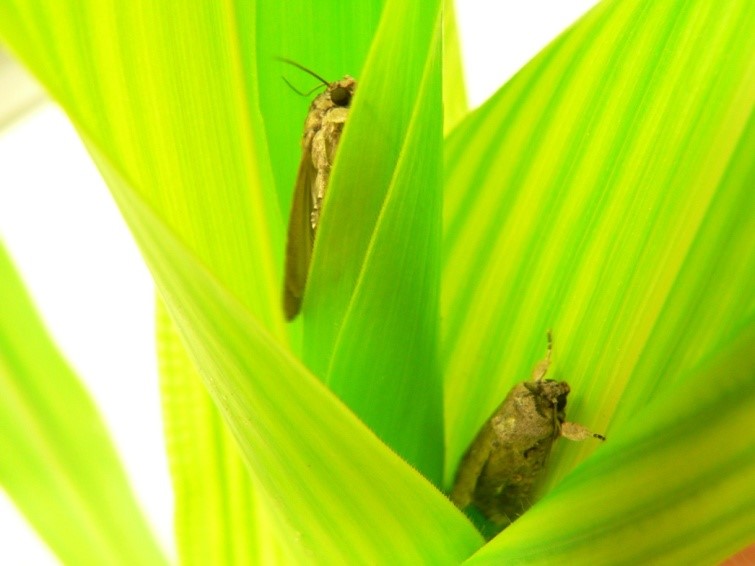 |
| 10:20 - 10:55 | Plant socialization in a new world: reconnecting with belowground and aboveground communities Prof. Wim van der Putten, Professor in Functional Biodiversity @ Wageningen University / Head of the Department of Terrestrial Ecology @ Netherlands Institute of Ecology It is generally assumed that the introduction of plant species in a new habitat will lead to invasion. However, only a small minority of all introduced plant species will become invasive. I will discuss how the process of ‘socialization’ might explain these patterns. In their native range, plant species interact with belowground and aboveground multi-trophic communities. The net effect of all these interactions explains plant abundance patterns. When moving to a new range, either by human help or –indirectly- by global change-induced range expansion, plants will develop interactions with the local belowground and aboveground microbes, invertebrates and vertebrates. First, generalist interactions will develop, while over time more specialized interactions will develop. Studying the temporal dynamics of these interactions in relation to plant abundance provides novel insights into the process of ‘socialization’, and I will propose that this knowledge may be used to re-define what should be considered naturalization from an aboveground-belowground perspective. This knowledge may also be used to provide multi-dimensionality to nature restoration and conservation, such as is aimed at by the intended "Deltaplan for Biodiversity Restoration". |
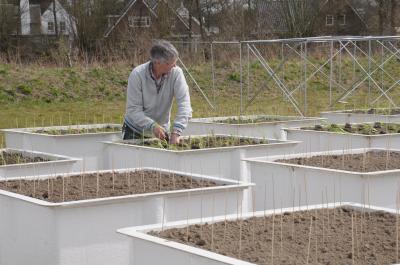 |
| 10:55 - 11:25 | Coffee / Tea break (Including voting for the PE&RC Picture Award) | |
| 11:25 - 12:00 | Lévy-like movements in a labyrinth-like society: How mussels stick together Dr Monique de Jager, Postdoc animal movement modelling @ Netherlands Institute of Ecology / Guest researcher movement ecology @ Utrecht University Humans have overcome the necessity of being ‘spatially close’ in order to be ‘socially close’; yet, most other animals still require proximity to interact. In mussel beds, networks are generated that are both spatial and social: the labyrinth-like spatial structure of a mussel bed increases a mussel’s chances to cooperate with its neighbours while maintaining a sufficient food supply across the bed. To generate these patterns, movement is needed. Mussels search for conspecifics in a Lévy-like pattern, alternating many short moves with occasional longer ones. Such Lévy-like movements are most efficient in mussel bed pattern generation and have hence evolved as their default movement strategy. |
 |
| 12:00 - 12:10 | Introduction to the pitch session and voting procedure of the 2018 PE&RC Call for Institutional Collaboration (presented by Bas Zwaan, scientific director of PE&RC) | |
| 12:10 - 12:45 | Pitch session of the 2018 PE&RC Call for Institutional Collaboration (7 pitches, 3 minutes per pitch + 2 minutes for switching between pitches) | |
| 12:45 - 14:00 | Lunch in the Restaurant of the venue (including voting for the PE&RC Picture Award and PE&RC Call for Institutional Collaboration) | |
| 14:00 - 14:35 | The black queen hypothesis: how a social network protects the entire aquatic community against oxidative stress Prof. Jef Huisman, Professor in Aquatic Microbial Ecology @ University of Amsterdam / Head of the Department of Freshwater and Marine Ecology @ University of Amsterdam According to the Black Queen Hypothesis, some species (known as beneficiaries) may rely on other species (helpers) that provide essential but costly functions for survival. This hypothesis stems from the card game Queen of Hearts, where the Black Queen is the most expensive card. Each individual player aims to get rid of this expensive card, but without this card the game cannot be played. An illustration of the Black Queen Hypothesis can be found in the plankton of lakes and oceans. Some phytoplankton species have lost the ability to degrade reactive oxygen species (ROS). Other species, however, may produce enzymes like catalases and peroxidases required for the degradation of ROS and may thereby protect the entire community against high oxidative stress. |
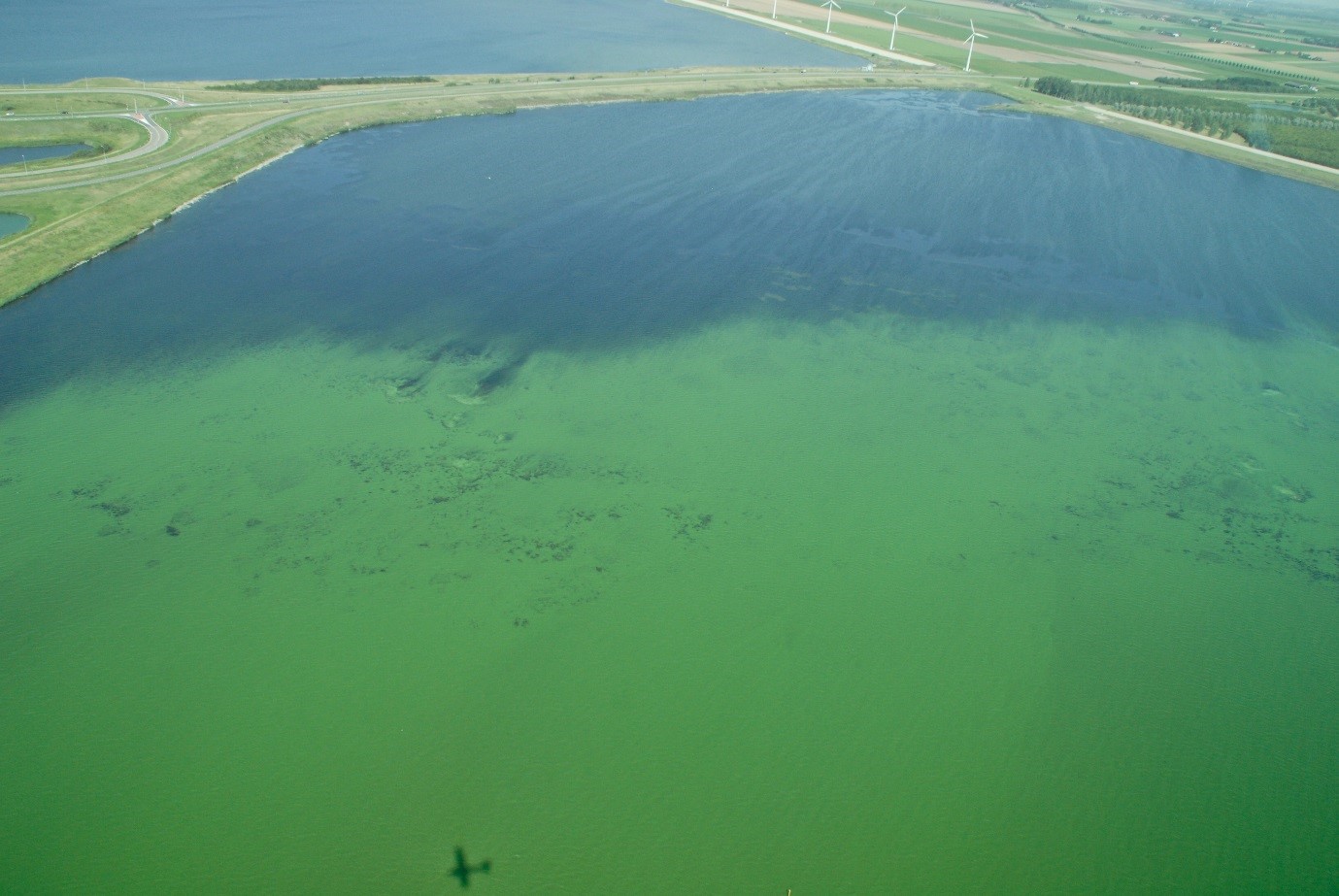 |
| 14:35 - 15:10 | What can animals tell us about poaching? Dr Frank van Langevelde, Associate Professor in Movement and Population Biology @ Wageningen University Populations of elephants and rhino are worldwide alarmingly decreasing, which is mainly attributed to poaching. Current attempts to reduce poaching dissatisfy as numbers of poached elephant and rhino still increase. When studying predator-prey interactions, we realized that the response of prey to disturbances, such as predators, can be used to infer the location of disturbance. We tested this hypothesis in a private game reserve in South Africa where we mimicked poachers, and the results indeed confirm that we can use the changes in animal distribution to tell us where poachers are. This study provides fundamental understanding of the distribution of animals using more than 100 animals equipped with a GPS collar, and at the same time it allows us to learn from nature to help to prevent poaching. During the presentation I will highlight what triggered our study and present some results of our large-scale field experiment. |
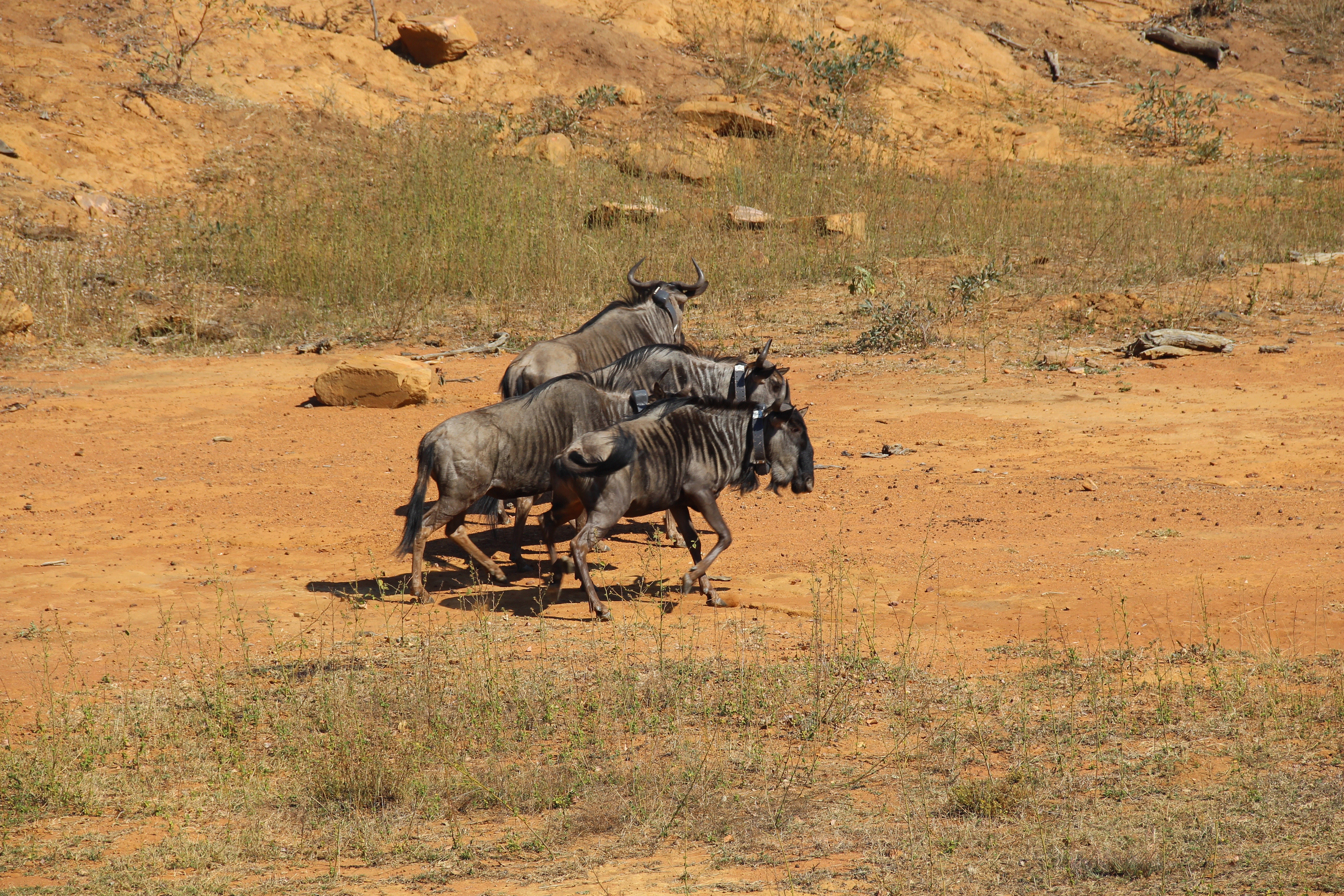 |
| 15:10 - 15:40 | Coffee / Tea break (including voting for the PE&RC Call for Institutional Collaboration) | |
| 15:40 - 16:15 | Tracking trade across fungal networks Prof. Toby Kiers, Professor of Evolutionary Biology @ Vrije Universiteit Amsterdam Human societies around the world are regulated by sets of over-lapping rules: fiscal, judicial, etc. Practices, such as coercing, regulating, and policing, prevent cheating and exploitation, and allow for large-scale cooperation that drives modern societies. Such control is necessary because cooperation is fragile: an association that starts out being mutually beneficial can evolve into one that is parasitic. This is also true in symbiotic relationships in nature, in which different species form intimate partnerships to trade services and resources. Underground, arbuscular mycorrhizal (AM) fungi form massive physical networks connecting roots of diverse host plants. How do hosts maintain cooperation with the most beneficial fungal symbionts over the course of evolution? How do fungi chose the most beneficial hosts partners? Adaptations that allow individuals to discriminate among partners based on actual symbiotic performance help promote the persistence of cooperation, and allow organisms to negotiate conditions of trade across complex networks. My lab develops tools to visualize, track and quantify symbiotic trade over space and time. Ultimately, we are interested in predicting how and when cooperation is favored to evolve. |
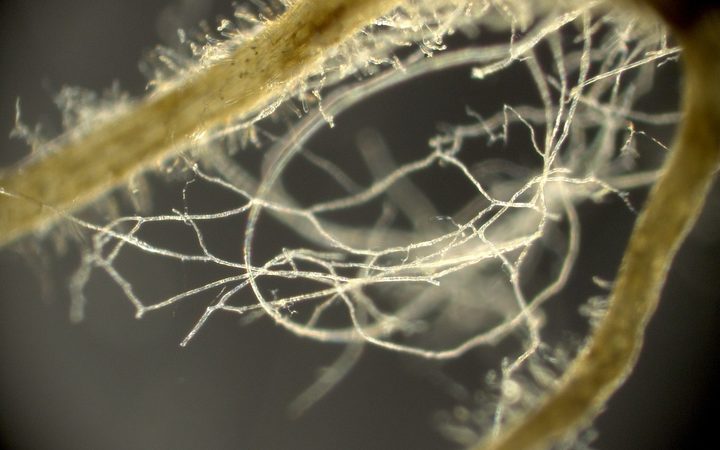 |
| 16:15 - 16:30 | PE&RC Picture Awards Ceremony (PE&RC PhD Council) | |
| 16:30 - 16:45 | PE&RC Call for Institutional Collaboration Ceremony (Bas Zwaan, scientific director of PE&RC) | |
| 16:45 - 17:00 | Closing remarks (Bas Zwaan, scientific director of PE&RC) | |
| 17:00 - 18:00 | Drinks at the venue | |
| 18:00 - 20:00 | Dinner at the "Oerknal" just opposite the symposium venue | |
| 20:00 | Departure of the bus back to Wageningen Campus (sign up for the bus in the registration form if you want to join!) |
General information
| Target Group | The annual PE&RC day is meant for all PE&RC PhDs, postdocs and staff members, but non-PE&RC members are also warmly welcomed! |
| Event duration | 1 day |
| Number of credits | 0.3 ECTS |
| Location | Turingzaal, Amsterdam Science Park Congress Centre, University of Amsterdam, Science Park 123, 1098 XG Amsterdam, the Netherlands |
| Transportation | For PE&RC members residing in Wageningen, we will arrange a bus to transport them to and from the venue in Amsterdam (only when you join the dinner). For those PE&RC members that are coming from Utrecht or Leiden, a financial compensation to go to Amsterdam and back (only for those joining the full day, including dinner) will be arranged. Please indicate in the registration form whether you would like to join the bus (note that this option only appears if you indicate that you will join the dinner). |
Organisation
The annual PE&RC Day is organised by the PE&RC PhD Council (PPC), with the assistance of Claudius van de Vijver, Lennart Suselbeek, and Amber Heijboer (PE&RC). More details about the PPC can be found here.
More information
Dr Lennart Suselbeek (PE&RC)
Phone: +31 (0) 317 485426
Email: lennart.suselbeek@wur.nl

